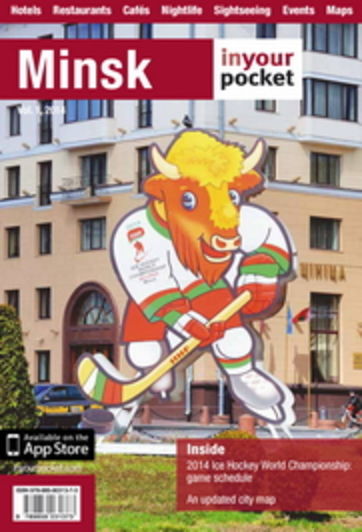Hero City
more than a year ago
When the Red Army took it back again three years later, over 90 per cent of the city lay in ruins. Rebuilt literally from the ashes of the Great Patriotic War in accordance with the strictest Socialist Realist principles, Minsk, granted the title Hero City on June 26, 1974 along with 11 other cities in the Soviet Union in honour of the special role it played during the aforementioned hostilities, offers a rare glimpse at Stalin-era social planning on a truly epic scale.
The city’s crowning masterpiece is the grand avenue stretching several kilometres northeast from the mostly pre-war Independence Square through the heart of the city along Nezavisimosti and out past the pseudo-Classical Belarusian National Technical University into the suburbs. Lined with countless fine examples, of particular interest are the 1953 Central Post Office at Nezavisimosti 10 and complete with hammer and sickle over the entrance, the 1951 GUM department store at Nezavisimosti 2 and, a little further on, the cathedral-looking structure dating from 1954 that’s the Trade Union Palace of Culture. Further on at the centre of the magnificent Victory Square is the arguably the most representative structure in the entire city.
The Victory Monument is a 38-metre granite column with a three-metre replica of the Soviet Order of Victory on top, unveiled on the 10th anniversary of the liberation of the city by the Red Army on July 3, 1954 to honour Belarusian Red Army soldiers and Partisans who gave their lives during the Great Patriotic War. At its base are four magnificent bronze reliefs (pictured) representing May 9, 1945 (Victory Day), the Red Army During the Great Patriotic War, Belarusian Partisans and Honour for the Deceased Heroes of the Liberation. Nearby lie small granite plinths with the names of the other 11 Hero Cities throughout Belarus, Russia and Ukraine.
An eternal flame at the base of the monument, burning since July 3, 1961, is a popular place for newlyweds to lay flowers and have their photograph taken. Interestingly, an entire three kilometre-long stretch of Nezavisimosti and the buildings surrounding it were at one time mooted for inclusion on the Unesco World Heritage list, an event which sadly never happened thanks to some rather careless planning in 2002 that destroyed the overall appearance of the area.



Comments